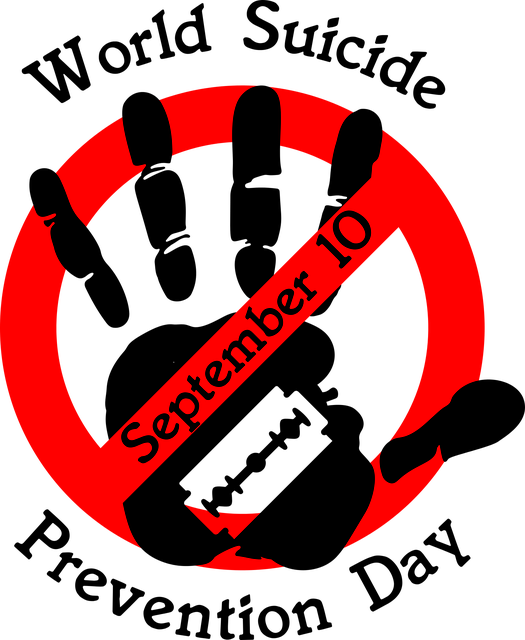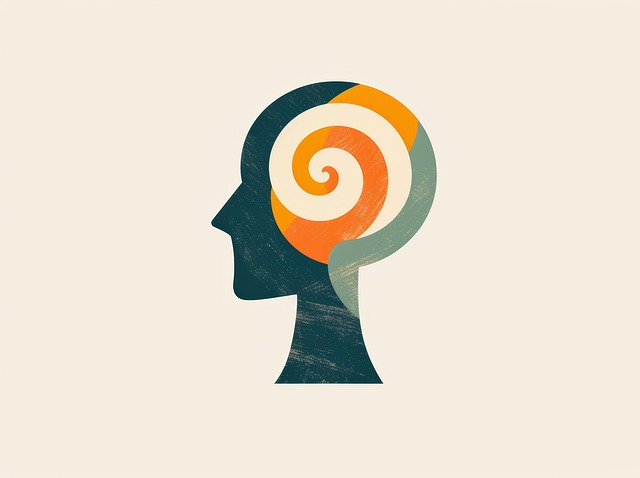Risk assessment is crucial for Northglenn Somatic Experiencing Therapy (SET), a holistic approach prioritizing client safety and therapist well-being. By evaluating client history, potential re-traumatization, and integrating compassion cultivation, SET therapists mitigate risks, promote self-care, and develop tailored coping mechanisms. A safe, supportive environment fostered through trust, empathy, and non-judgmental communication is essential for positive therapeutic outcomes. Regular case study reviews and clinical advancements ensure dynamic risk management, enhancing stress support and trauma services for diverse client populations.
Mental health professionals constantly navigate complex risks, demanding a thorough understanding of risk assessment techniques. This article explores essential strategies for managing these risks, focusing on the benefits of Northglenn Somatic Experiencing Therapy (SET) in creating resilient treatment environments. We delve into best practices for fostering safety and adaptability, crucial elements for professionals to thrive in their practice while prioritizing patient well-being. Effective risk assessment and management are key to successful mental health care.
- Understanding Risk Assessment in Mental Health Practice
- The Role of Somatic Experiencing Therapy (SET) in Mitigating Risks
- Creating a Safe Environment: Best Practices for Northglenn Mental Health Professionals
- Continuous Evaluation and Adaptation: Staying Agile in Risk Management
Understanding Risk Assessment in Mental Health Practice

Risk assessment is a cornerstone of mental health practice, crucial for ensuring both client safety and professional well-being. For practitioners like those offering Northglenn Somatic Experiencing Therapy, understanding this process is paramount. It involves meticulously evaluating factors that could potentially pose risks within therapeutic settings, ranging from client history and suicidal ideation to the potential for physical harm or re-traumatization. This proactive approach isn’t merely a regulatory requirement; it’s a vital tool for fostering secure, supportive environments conducive to healing.
By integrating risk assessment into their practices, mental health professionals can develop effective strategies to mitigate risks and strengthen resilience. This includes not just identifying vulnerabilities but also promoting self-care practices among clients—a key aspect often highlighted in public awareness campaigns focused on mental well-being. Moreover, it empowers therapists to build confidence boosting coping mechanisms tailored to individual needs, ensuring a more holistic and secure therapeutic journey.
The Role of Somatic Experiencing Therapy (SET) in Mitigating Risks

Somatic Experiencing Therapy (SET) plays a pivotal role in mitigating risks and enhancing resilience among mental health professionals. This evidence-based approach focuses on resolving traumatic stress responses, which are prevalent among those working in high-pressure settings like Northglenn Somatic Experiencing Therapy clinics. By addressing the deep physiological connections between emotions and bodily sensations, SET helps practitioners cultivate a deeper sense of self-awareness and regulation.
The integration of compassion cultivation practices within SET further strengthens mental health professionals’ ability to manage stress and maintain boundaries. Encouraging positive thinking and cultural sensitivity in mental healthcare practice becomes more accessible through this holistic framework. By fostering an environment of safety and support, both for themselves and their clients, Northglenn Somatic Experiencing Therapy practitioners can offer compassionate care while mitigating the risks associated with burnout and secondary trauma.
Creating a Safe Environment: Best Practices for Northglenn Mental Health Professionals

Creating a safe and supportive environment is paramount for Northglenn mental health professionals, particularly when offering therapeutic services like Somatic Experiencing Therapy (SE). Best practices involve fostering an atmosphere of trust, empathy, and non-judgment. This includes ensuring physical safety, maintaining confidential communication, and promoting open dialogue. Mental health professionals should encourage clients to express their feelings and concerns freely, creating a space where they feel understood and empowered.
Implementing strategies for effective self-care routine development among healthcare providers is integral. This involves regular stress management workshops and organizational initiatives that prioritize emotional well-being. Additionally, providing cultural competency training equips professionals with the skills to serve diverse client populations, enhancing the overall quality of care. By adhering to these practices, Northglenn mental health practitioners can create a welcoming environment, significantly contributing to positive therapeutic outcomes for their clients.
Continuous Evaluation and Adaptation: Staying Agile in Risk Management

Mental health professionals must embrace a culture of continuous evaluation and adaptation to effectively manage risks within their practice. This dynamic approach is especially vital in addressing complex client needs, as the field of therapy evolves with emerging research and treatment modalities. For instance, Northglenn Somatic Experiencing Therapy (SE) integrates body-oriented techniques that require professionals to stay agile in risk assessment and mitigation.
By regularly reviewing case studies and staying abreast of clinical advancements, therapists can adapt their strategies for stress management and trauma support services. This agility enables them to foster positive thinking and enhance client outcomes while navigating the inherent complexities and uncertainties of mental health practice.
Mental health professionals in Northglenn play a vital role in fostering well-being, but they are not immune to risks. By understanding risk assessment and implementing strategies like Somatic Experiencing Therapy (Northglenn Somatic Experiencing Therapy), practitioners can create safer environments for themselves and their clients. Continuous evaluation and adaptation ensure that practices remain agile and effective in managing these risks. Embracing best practices, as outlined in this article, is essential to supporting mental health professionals’ resilience and the high-quality care they provide.













